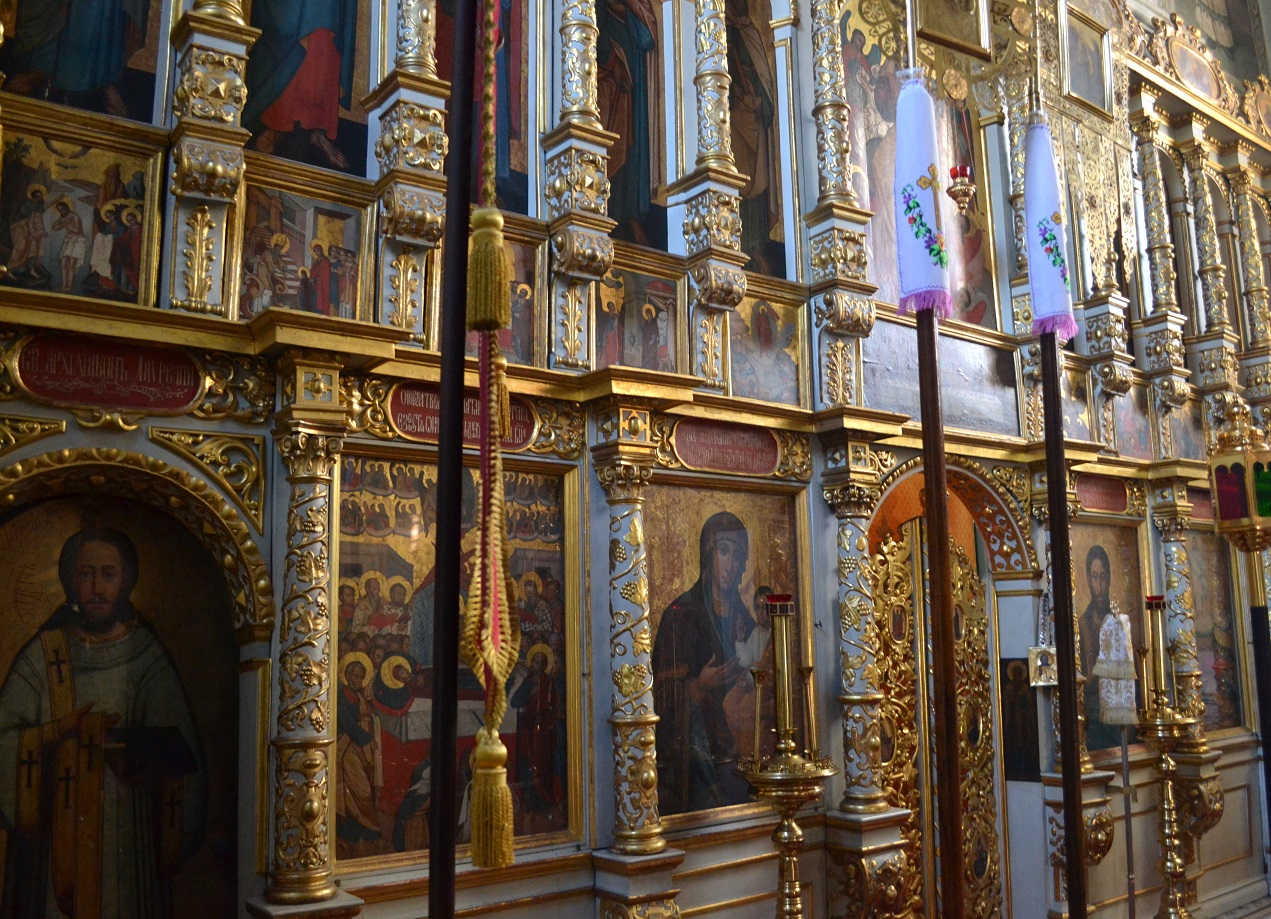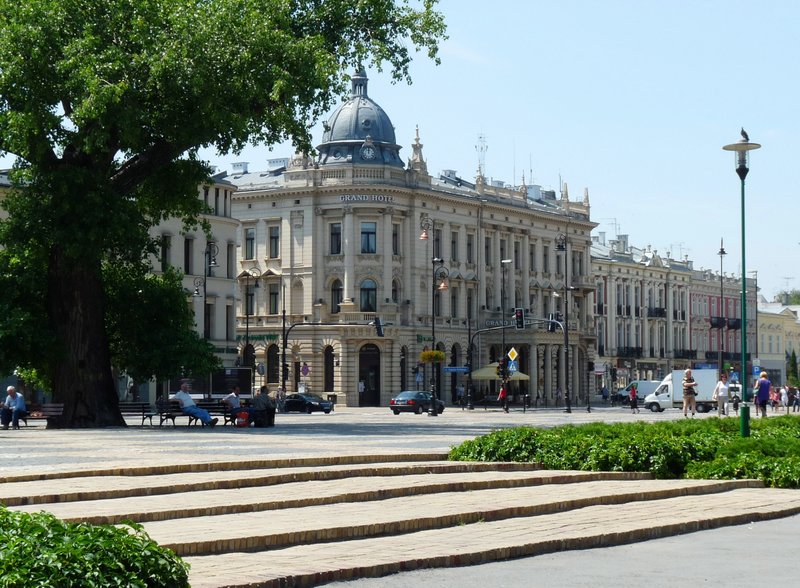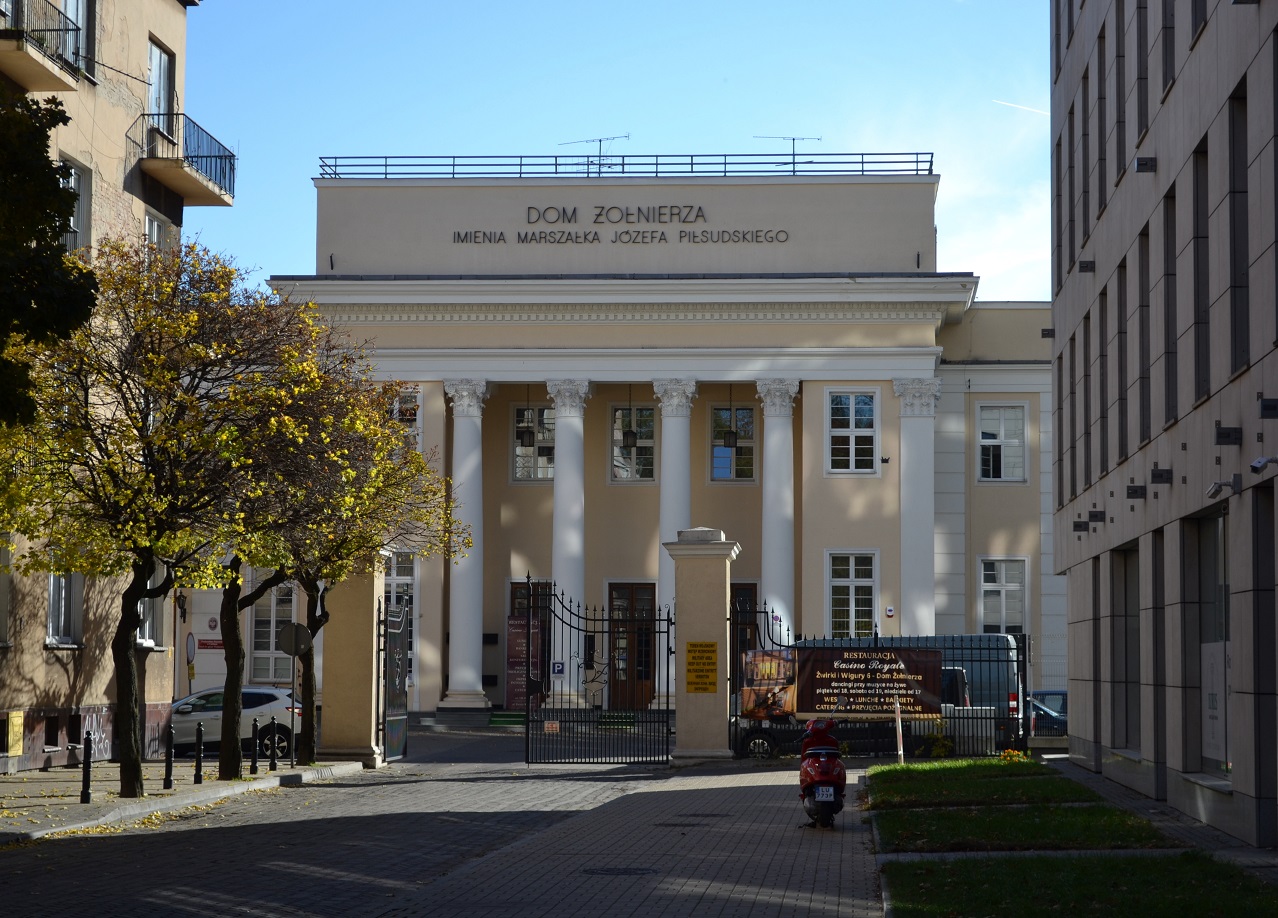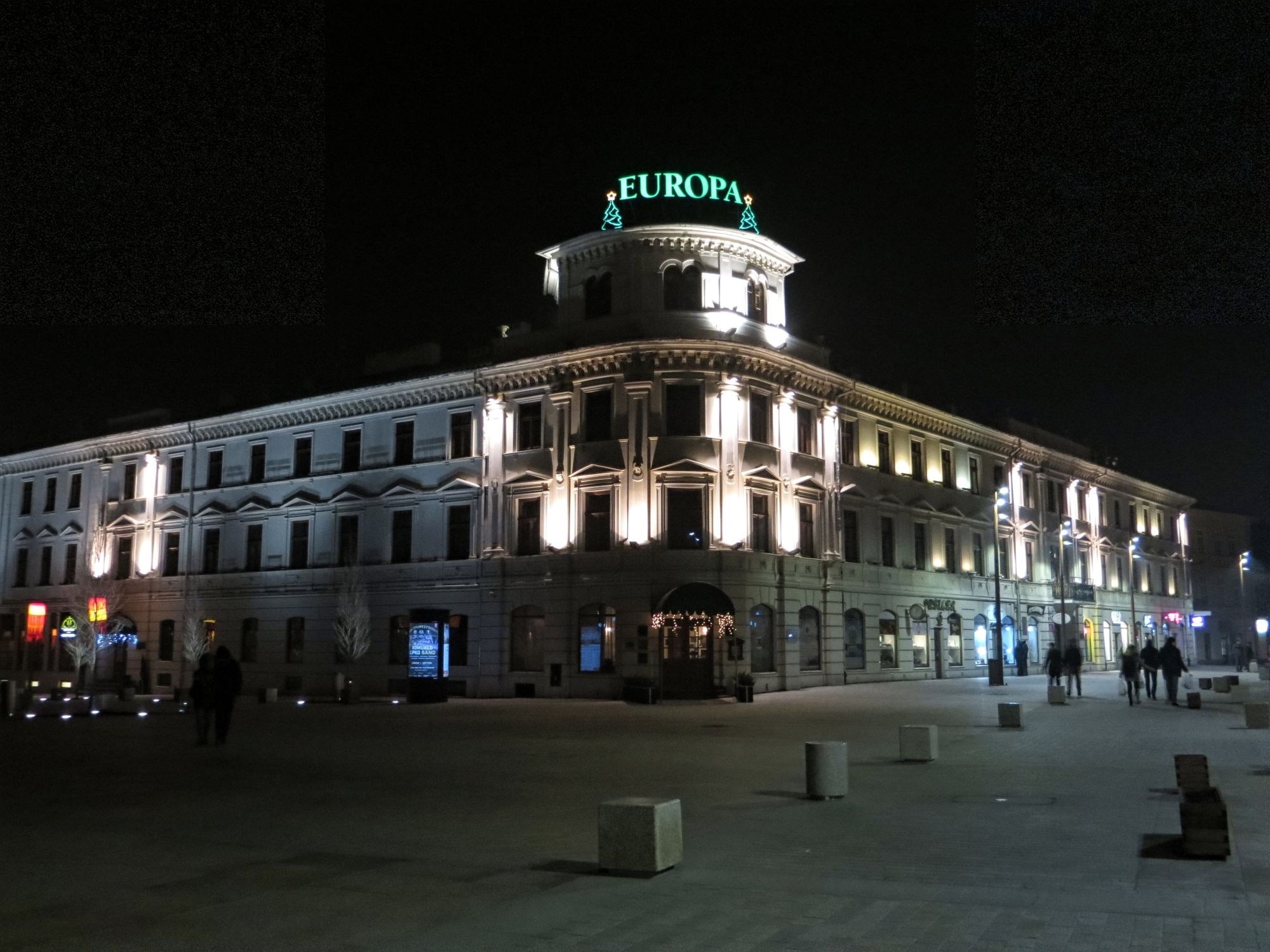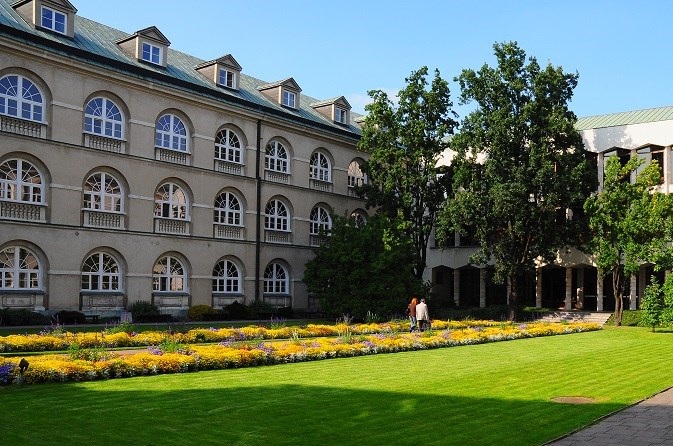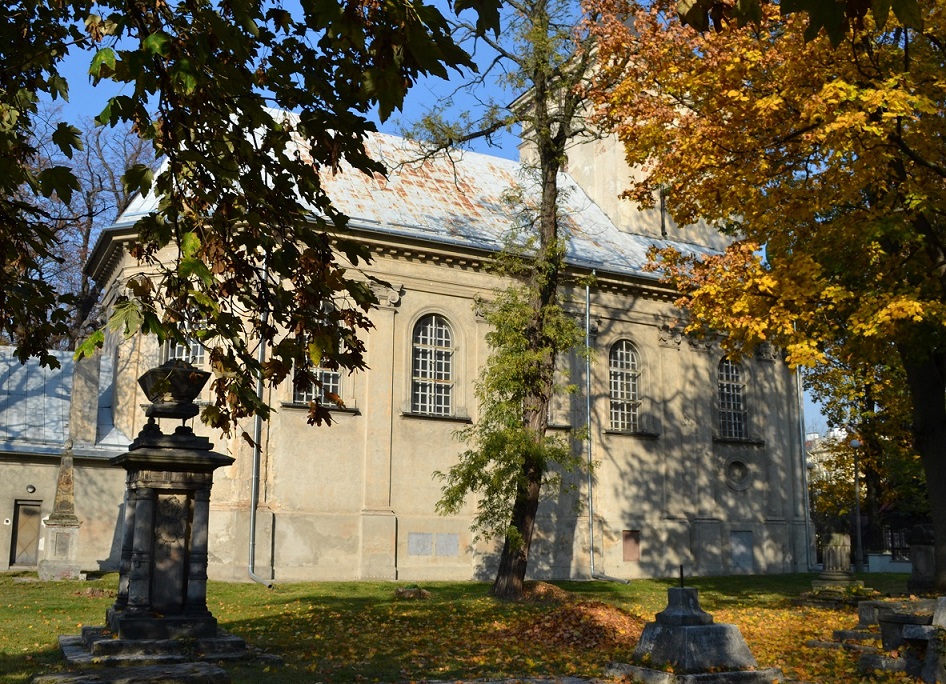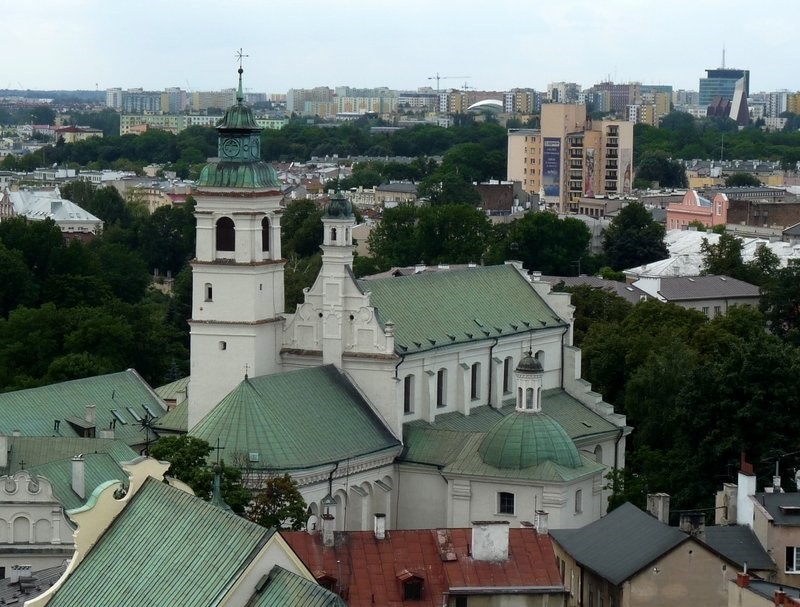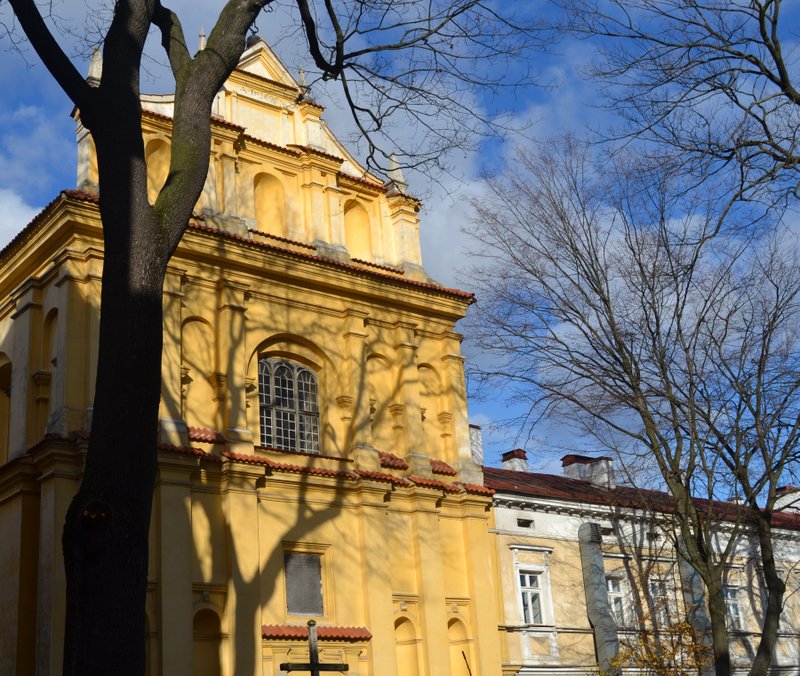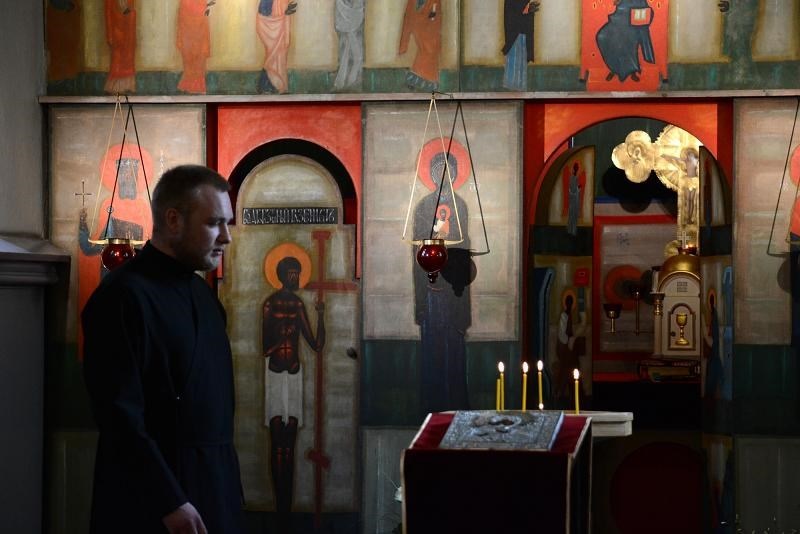City centre

The magnificent Archcathedral is a must-see when visiting Lublin. It is a former Jesuit church, built in 1586-1604. The temple was built according to the design of Italian architects Jan Mario Bernardoni and Joseph Bricci, in the Baroque style. The church was modeled on the Roman Jesuit temple Il Gesu. In 1604 the church was consecrated by the Cracow bishop Bernard Maciejowski and received a call of St. John the Baptist and St. John the Evangelist. Along with the church, the Jesuits built a college which buildings once surrounded today's Cathedral Square. After a fire in 1752, the church was r ...

Built in the years 1607-1633 in Ruska Street between the Staromiejskie and Czwartek Hills, the temple is an example of a multi-religious character of Lublin. In 1638 King Ladislaus IV Vasa subordinated the Orthodox church to the Bishop of Chełm Metody Terlecki, who seated Basilian monks there, supporters of the Union of Brest. ...

The building of The Former Bank of Lublin Industrialists at 56 Krakowskie Przedmieście Street, currently IBB Grand Hotel Lublin, was erected according to the design by Gustaw Landau-Gutenteger, on the initiative of the Lublin industrialists. The building was finished in 1900, in a record time of 17 months. ...

Erected in the years 1924-1928 according to the design by Major of the Polish Army Mieczysław Dobrzański, the building was made with bricks from the demolished Orthodox Cathedral of the Exaltation of the Holy Cross that once stood in Litewski Square. The official opening of the Soldier’s House, named after the Marshal Józef Piłsudski, was held in 1933.After World War II the edifice hosted many various institutions e.g. an operetta theatre and a cinema. ...

Built in the years 1865-1867 in an eclectic style according to the design by Ludwik Szamota, the building is a replica of the Europejski Hotel in Warsaw. It has always enjoyed a reputation of a modern, fully equipped facility with exquisite customer service. On the strength of the last will of the Michelson Family, the property was bequeathed to the Lublin Charitable Society. Having been damaged during World War II, the building was fully restored and for many years served as a hostel of the Polish Tourist and Sightseeing Society (PTTK). ...

The Catholic University of Lublin is the oldest higher education institution in the city and the first Catholic university in Eastern Europe. It was established in 1918 on Idzi Radziszewski’s initiative, who later became the first rector. The university was housed in the former monastery of St. Louis Bertrand’s Dominican Order, which during the time of partitions of Poland was converted into army barracks still used until the 1920s. The buildings have remained university property to the present day. In the 1970s a fire destroyed the frontal part of the facilities and they were reconstructe ...

The largest parish of Evangelical denomination east of the Vistula River is located in Lublin. The Parish Church of the Holy Trinity stands on the corner of Żołnierzy Niepodległej Street and Ewangelicka Street. ...

The church and the cloister was build for the Bernardine Order between 1473 and 1495 from the funds of Lublin townspeople. The reconstruction by Rudolf Negroni and Jakub Balin in the first half of XVII century had a direct impact on shaping the Lublin Renaissance style. The church became an exemplar for other temples erected in the Lublin Region. ...

In the mid-17th c. Mikołaj Daniłłowicz and his wife Zofia nèe Tęczyńska initiated the construction of the second convent for the Carmelite Sisters in Lublin and of the Church of the Immaculate Conception of Our Lady. However, a shortage of funds delayed the building process and it was not until the beginning of the 18th c. that the church was finished, owing to financial support from Elżbieta Sieniawska, and consecrated in 1721. ...

The building of the present-day clerical seminar used to be a Renaissance palace built at the beginning of the 17th c. for Bernard Suchorabski. In the mid 17th c. the southern and northern façades were embellished with medallions depicting historic rulers of Poland and emblematic presentations of their reign. The medallions formed a decorative frieze which has survived to the present day. ...
Page 1 of 3





